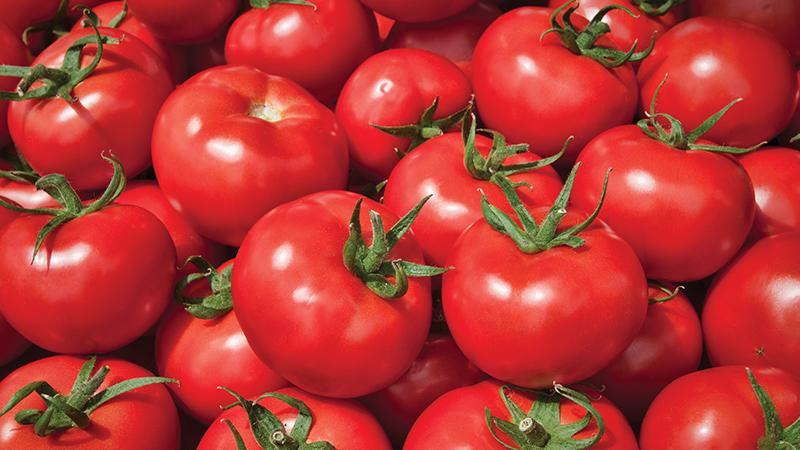Crunching Numbers Part of Equation for GenNext Growers

New precision agriculture platforms can help growers track production inputs and costs more effectively, thus leading to better overall recordkeeping for the business.
All growers can attest that the cost of doing business has been on the rise in recent years. Seed, fertilizer, pesticides, and herbicides continue to creep up while the prices paid for the produce grown remain mostly flat. That puts a premium on accounting and recordkeeping to identify and cut waste in the farm business budget. For young growers, this is especially important to help ensure long-term sustainability of the farm.
According to Clay Worden, a Managing Partner of RSM US LLP in Orlando, keeping track of it all is critical to success. “Input cost are tough to manage in a rising cost environment,” he says. “Thus, the importance of good records to tie back yield, gain, and sales results against the cost to bring your ag products to the market cannot be overstated.”
Keep it Simple
Worden says growers should try to keep recordkeeping systems simple with a focus on understanding direct and indirect expenditures. And, he says there are tools that can be used to help with the effort.
With some of the new precision agriculture tools and software platforms, Worden says it has gotten a lot easier to track cost and results. But, even if you don’t use those tools, you can keep track of input costs per acre and trace that back to the sales price per acre. This will give a good idea of the economic outcome of business decisions made.

Clay Worden
“Make sure you have a solid general ledger package and capture all the input cost related to a specific activity,” he says. “For example, if you have two different crops and you just keep one line item for fertilizer, you really don’t know the fertilizer cost for each crop unless you always apply the exact same rate to both crops. It is tough to manage what you don’t measure. Set up some simple measurement tools, share them with your team, and allow them to help you find ways to reduce cost.
“Too often, I talk with farmers that say they know their cost, but they keep it all on a yellow pad and do not tie it back to the checkbook or general ledger. It is important to have a system that captures all the cost of operations. For example, if your crew is hard on equipment and shop costs are high, that has a direct impact on your profitability.”
Know Thy Neighbor
In accounting, benchmarking is a great tool to see how expenses are being managed on the farm. Simply explained, the practice is comparing your business to other similar businesses.
“Most of us want to know how we compare to our neighbors,” Worden says. “In essence, that is benchmarking. Comparing similar crops or operations with several others is a great way to benchmark your progress. Many of the state universities publish standard cost guidelines. That may be a good place to start, but the data is usually hypothetical and not a true comparison of actual cost incurred by actual agricultural producers. Finding a CPA firm that specializes in a particular sector of agriculture also may be a great place to start asking for some general comparative data.”
The hardest part of benchmarking is finding a good comparison, because most growers believe their operations are unique. There is truth in this because farming tends to be such an individual business.
“Despite the challenge, any chance you get to compare your activities and costs with another is a chance to learn something that just might save you some money,” Worden says.
Planning for the Long Haul
Farms that last are ones that are profitable. While many growers are great stewards of the land and know how to raise a quality crop, profits reign when it comes to sustainability.
“Long-term success requires profits that can be used to pay down debt and reinvest for the future,” Worden says. “Just like with crops, there is a time to sow and a time to harvest. Savvy financial operators know how to manage costs and understand the importance of yields and expenditures on the profitability of their business.”
In other words, business savvy is just as important as production prowess.










